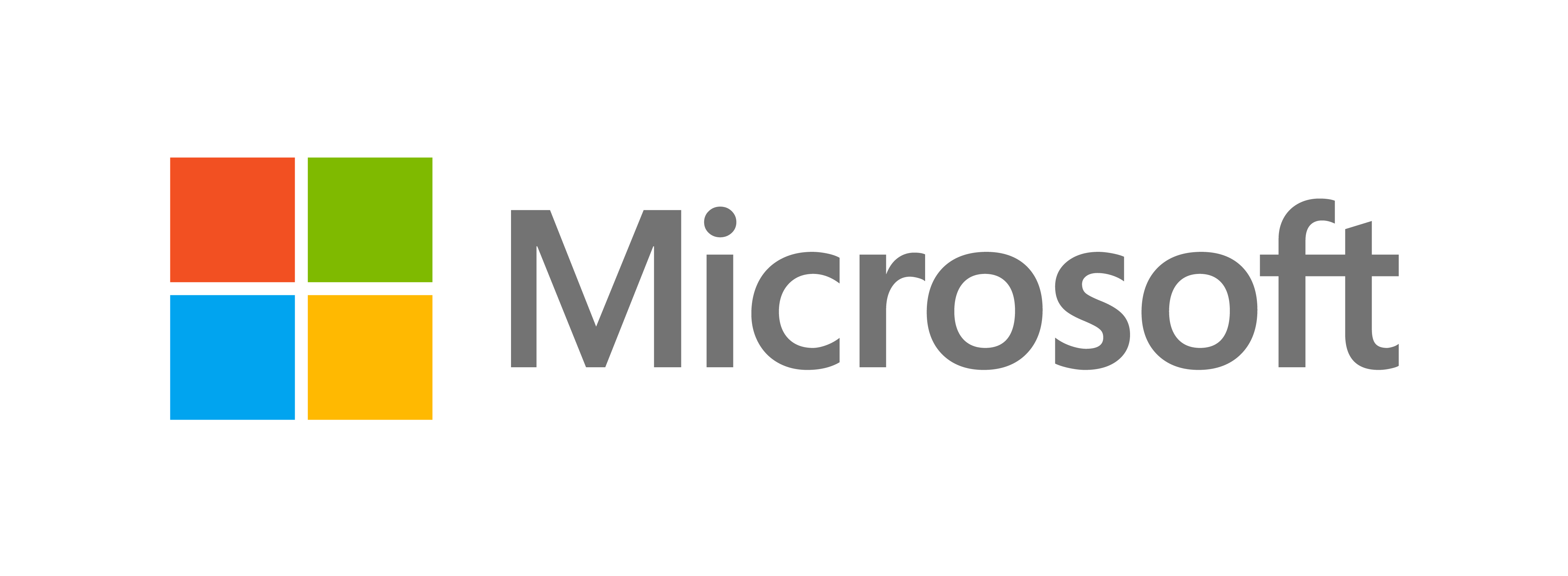In recent years, technology companies have made significant strides toward embracing sustainability. Implementing water stewardship initiatives is an essential part of these ongoing efforts.
With governing bodies worldwide increasing regulations and expectations for environmental responsibility, tech companies, with their vast global operations, must ensure they minimize negative impacts on water resources to stay compliant and maintain strong ties within their communities.
Effective water management is crucial not only for the seamless operations of these companies (especially given their reliance on water in manufacturing, cooling systems, and data centers) but also integral for the long-term sustainability of operations.
Water Management for the Technology Sector
With water being an essential component of the operations of technology companies, the industry is leveraging technology to manage its usage and quality carefully. Companies are using innovative solutions to monitor and control water, for example, for cooling servers in data centers or managing wastewater in manufacturing plants, fostering optimism about the potential for technological innovation in sustainability.
However, global water demand is rising while scarcity continues to become a problem in the wake of changing climate patterns. A significant portion is consumed by industries of all types, including technology. Tech companies, like organizations in other industries, are paying close attention to their water consumption. As water scarcity becomes a growing concern in many places, these companies are responsible for their consumption and ensuring the quality of the water they discharge.
The tech sector, in particular, is one of the largest water consumers due to water use in data centers and their cooling requirements. One data center alone can consume between one and five million gallons of water daily. With data centers proliferation and an ongoing need for enough water to cool centers, including those in water-scarce locations, companies must step up water recycling and sustainability initiatives.
Water Quality Parameters That Tech Companies Monitor For
Water quality monitoring is critical for tech companies to ensure safe operations and reduce their environmental footprint. The parameters tech companies monitor most closely include:
- pH levels: Ensuring water’s acidity or alkalinity (pH) remains within acceptable ranges to prevent corrosion or scaling in cooling systems.
- Temperature: Data centers, in particular, rely on precise temperature control for cooling purposes.
- Total Dissolved Solids (TDS): Monitoring TDS helps companies assess water purity, which is essential for operational efficiency and environmental compliance.
- Heavy Metals: Zinc, copper, and chromium need careful monitoring. Some are carcinogenic, can accumulate, and create toxic conditions if discharged improperly.
As tech companies invest in water quality monitoring, they reduce environmental risks and ensure that their operations run smoothly with minimized disruptions.
Technology Companies and Water Consumption Practices
Data centers, tech manufacturing facilities, and other technology operations have a significant global impact due to their enormous water consumption. For example, large-scale data centers use millions of gallons annually, primarily for cooling. This awareness of the industry’s responsibility is crucial for understanding the need for sustainable water practices in tech.
Globally, the tech industry has begun implementing water-saving technologies and practices to get them closer to net-positive water. Some strategies include implementing:
- Water-efficient cooling systems. Many data centers utilize or plan to utilize advanced systems that reduce the need for water or recycle water internally.
- Rainwater harvesting. Some tech facilities capture and reuse rainwater for operations to reduce their dependence on municipal water supplies.
- Water recycling. Tech companies are exploring ways to reuse and recycle wastewater from their operations, especially in water-scarce regions.
While reducing water consumption, these modern practices also help companies safeguard their supply chains, which are increasingly vulnerable to climate change-induced water scarcity.
Leading Technology Companies Share Their Water Stewardship Commitments
Many technology giants have committed to becoming leaders in water stewardship and are making sustainability commitments around water. Here’s a look at how some of the world’s most notable tech companies are approaching water sustainability:

Lenovo
Lenovo is working to minimize its environmental impacts through sustainable water withdrawal and discharge management. Key goals include:
- Setting annual water withdrawal targets at global sites
- Incorporating innovative water resiliency strategies into operations
- Supporting initiatives for increased water access, sanitation, and hygiene services
- Maintain water transparency around water use, dependencies, impacts, and risks

Microsoft
Microsoft is committed to becoming water-positive by 2030, meaning it will replenish more water than it consumes across its global operations. Its goals include:
- Reducing its water footprint in operations
- Replenishing more water than consumed in water-stressed regions
- Providing access to sanitation and clean water for 1.5 million people
- Scaling water solutions through innovation and digitalization

Google aims to replenish 120% of the freshwater volume it consumes across its offices and data centers by 2030. Additional commitments include:
- Enhancing water stewardship in office campuses and data centers
- Collaborating to improve watershed health and support water-stressed communities
- Sharing technology to help others address water stress
- Boosting water recycling efforts
![]()
Amazon
Amazon has pledged to become water-positive by 2030, focusing on:
- Optimizing water consumption and efficiency
- Reusing water in communities
- Investing in water-positive projects globally

Intel
By 2030, Intel aims to achieve net positive water use and conserve 60 billion gallons of water through partnerships and operational efficiencies. It has also declared itself water-positive in three countries it operates (the USA, Costa Rica, and India).
The company also plans to:
- Restore more freshwater than it consumes globally
- Develop technology solutions to improve water usage across industries
How KETOS Can Help Tech Companies Manage Their Water
The tech giants aren’t the only companies getting smarter about water usage. In fact, every day, more companies are incorporating sustainability into their business models. After all, being more responsible about water usage isn’t just good for environmental sustainability – it’s also good for a company’s bottom line. That’s why affordable and efficient water management solutions are critical. Tech companies are now turning to new technologies in the water sector to help them solve for water quality and usage. With many needing vast amounts of water to cool servers or for production, managing water quality is top of mind – and solutions are available to help make the transition to net-positive water possible.
KETOS supports technology organizations worldwide by providing real-time water quality monitoring for over 35 customizable parameters, including temperature, pH, heavy metals, and more. With threshold-based alerting and reporting, KETOS ensures full compliance transparency, helping companies reduce water consumption and optimize operational efficiencies while maintaining compliance.
Key benefits of KETOS for tech companies include:
- 24/7 real-time insights
- Customizable water quality monitoring parameters
- Real-time and historical reporting to understand water usage and showcase progress over time
- Seamless integration and zero upfront CAPEX expenses
- Increased savings, reduced labor costs, better compliance, and a lower carbon and water footprint
With more visibility, companies can manage remediation and handle water recycling programs with ease. They can also more easily measure their usage and increase transparency around water for better internal and external reporting to stakeholders. By understanding how much water is used and where, companies can also water monitoring to reveal which areas are the most water-hungry and put into place new processes designed to reduce usage or recycle more effectively, further cutting down usage while saving costs.
Conclusion: Technology Companies Continue to Embrace Water Stewardship
Water stewardship in tech companies is no longer optional. With water scarcity growing globally and the sector needing so much water for operations to run smoothly, embracing water stewardship is quickly becoming a necessity. With increasing global pressure to reduce water consumption and ensure water quality, companies like Lenovo, Microsoft, Google, Amazon, and Intel are leading the way in sustainable water practices in tech. Their commitments to protecting and replenishing water resources are setting the standard for corporate responsibility.
As more organizations consider their environmental impact, water resilience in operations and water stewardship in tech should be at the forefront of sustainability initiatives. Technology can play a vital role, and with the help of advanced real-time water monitoring solutions like KETOS, companies can ensure their water usage stays compliant while also modelling a sustainable future in the technology sector.










